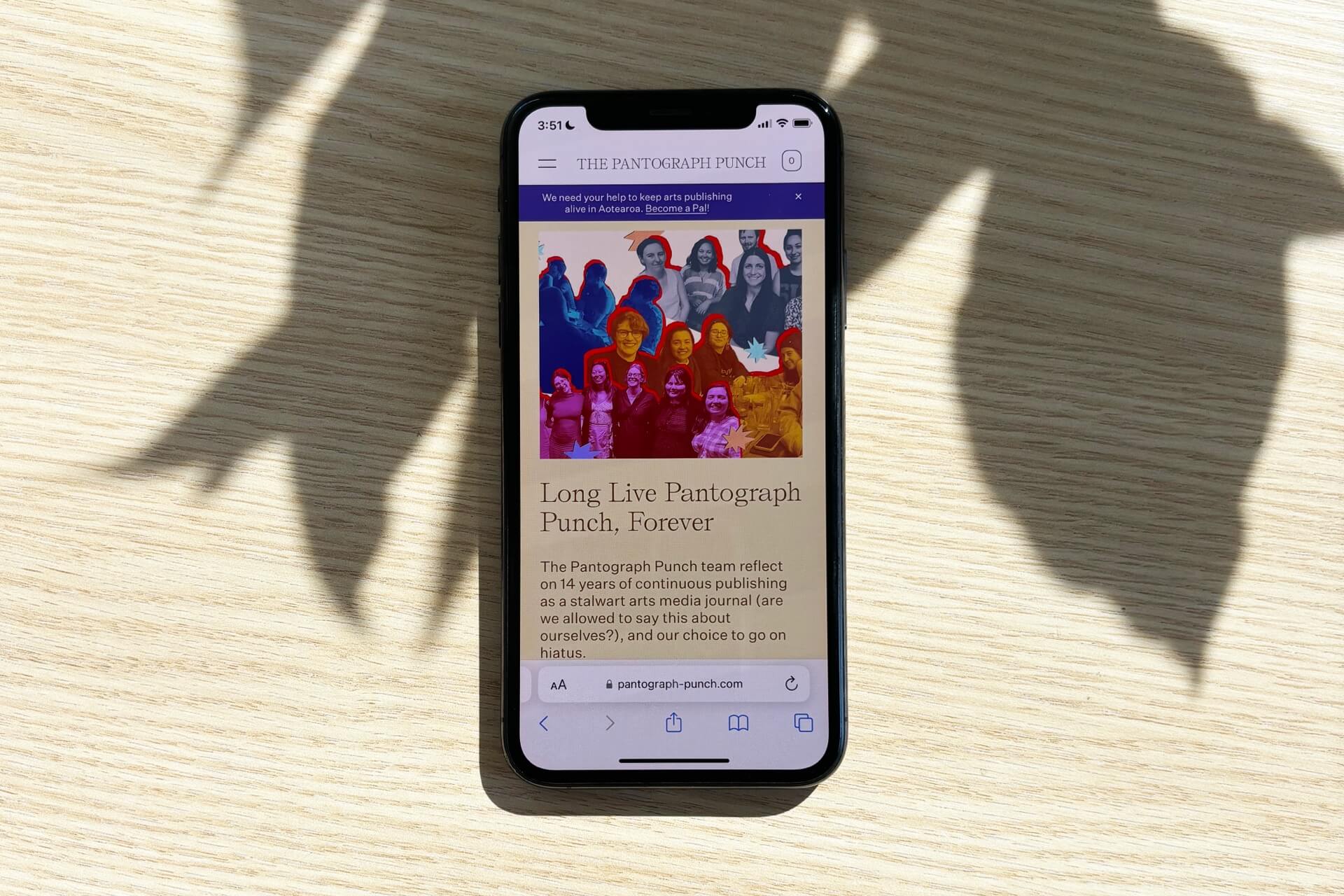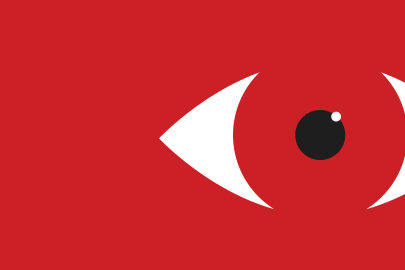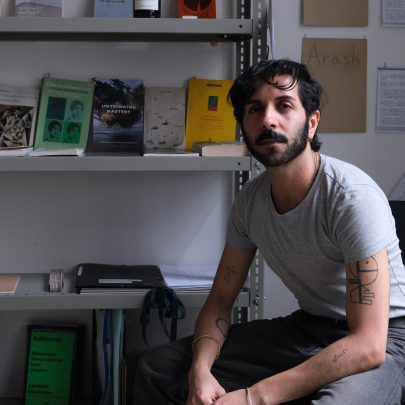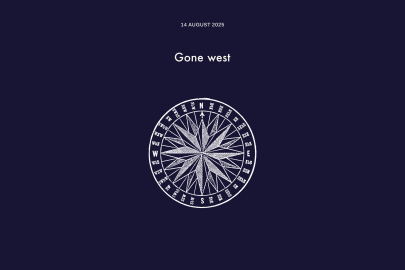Jul 3, 2024 Arts
In early March, 14 years after The Pantograph Punch was founded as a Tumblr blog, a black and white post appeared on its Instagram reading “Haere rā for now” atop a monochromatic bandaged heart emoji. “There are many systemic issues underpinning arts publishing,” the caption went on. “They are heartbreaking and have only gotten harder, not easier, to swim our way through — and we have had to make the immensely difficult, bittersweet choice to protect our platform and sustain its legacy.”
“From March 28th, 2024, we will be going on hiatus.”
The post came in the wake of other bleak announcements in the media. Newshub would be shutting down; TVNZ would be severely cutting back its operations, including the complete decimation of its long-running investigative programming. In the wider scheme of things, The Pantograph Punch going on hiatus — not necessarily closing, and not permanent — didn’t seem like a big deal. But a closer lens reveals it’s the latest in a long line of blows for arts media.
When The Pantograph Punch was founded back in 2010, the arts media landscape was undoubtedly richer. Mainstream newspapers and magazines had robust arts coverage — mostly dedicated to books and ‘fine’ arts — while smaller publications online and off, such as The Lumière Reader, New Zealand Review of Books and Rip It Up (RIP all three), regularly covered local arts, literature and music. In 2009, Rosabel Tan, Pantograph’s founding editor and now a board member, was working at Craccum alongside co-editor Matthew Harnett and music editor Joe Nunweek, in a role that she had established for herself: theatre and arts editor.
After graduating, the trio found there was no place to do the kind of work they’d been doing at Craccum in the independent way they’d been doing it. “It just suddenly felt really lonely,” Tan says. “We started it initially as a place to share awesome writing we were seeing elsewhere.” This was the era of the RSS feed, Blogger and Tumblr — curating and sharing other people’s work became an increasingly common creative act. The Pantograph Punch took that concept one step further with Punches, where writers would share a piece and then write a paragraph about it. “Over time, we started doing more of our own writing and tried to create space for writers like ourselves who were very early on in their careers, who didn’t know where else to be published, who weren’t seen in our other mainstream offerings,” she says. As well as the more serious pieces that were published on the website, Pantograph included an open letter to Lorde from ‘Steven Tyler’ of Aerosmith, a review of what one Avalanche City song sounded like placed on top of another, and a plea that The Catcher in the Rye not be made into a movie. (These last two, and I heavily suspect the first, were written by Nunweek.)
The site quickly gained traction among members of the arts scene, especially in Auckland. It was willing to criticise (and poke fun at) the establishment, embrace the outsiders and be a platform for a new generation of writers and artists.
Soon, Pantograph grew beyond the browser into the real life. Its first event, at Alleluya cafe (RIP) in late November 2012, gives a snapshot of the mana it held. It was called Why Are You Still Here?, a panel about why a group of local creatives chose to remain in Aotearoa. Designer Emily Miller-Sharma, composer Leon Radojkovic, musician Anthonie Tonnon and writer and editor Rebecca Kamm were the speakers, while Hera Lindsay Bird read poetry, and Tiny Ruins and Dear Time’s Waste performed. Tickets cost $15.
It was four years before The Pantograph Punch received funding from Creative New Zealand — a paltry $4950. With that, they were able to pay some of their writers, and from there, Tan feels the website grew organically, eventually being accepted into Creative New Zealand’s multi-year funding programme, Kahikatea, which allowed for more security of planning and more people to be paid to edit and write. “Even though it wasn’t masses of money and we didn’t have a full-time staff, it was a shift in our mindset where we knew we could work on this for years and plan accordingly,” Tan says. “It was becoming more permanent, rather than just something that three friends were doing as a hobby. It was something that a group of people believed in and wanted to work on together.”
Another massive step was the concept of working in partnerships with organisations — a model that now exists across most media outlets, to varying extents. The Pantograph team knew that a paywall wouldn’t work for their audience, because they were either unable or unwilling to pay for content, and ads were an absolute no-go for similar reasons. Although The Pantograph Punch had received funding from NZ On Air to make short film pieces, their first official partnership was with Silo Theatre. Rather than Silo purchasing an essay that might have been published overseas about a previous production, The Pantograph Punch would commission a writer to pen an essay that would introduce each show to an audience, or interrogate it a bit deeper. These would be published on the site, and in the printed programmes available to all audience members. “Once those partnerships started getting established,” Tan says, “each one felt to me like an act of faith by that organisation about what we were doing and how we could contribute to the landscape.”
That need to contribute meaningfully to the landscape has always been part of the DNA of The Pantograph Punch. When the site started it was a very different climate and a different environment for writers — the robust criticism that did exist was not necessarily progressive or inclusive criticism. Not only did Pantograph tackle subjects and issues that were going uncovered elsewhere, it would look for angles and perspectives that weren’t being published. “All we were doing was simply trying to create a space for writers of our generation, because there wasn’t that much,” Tan says. “The site has always been a place that seeks to address whose voices aren’t being heard.” In this way, writers with lived experience and specialist knowledge who were looked over by mainstream publications could find a home at Pantograph.
It was during this time that I worked for The Pantograph Punch. If a show was worth talking about, worth seeing or possibly worth avoiding, The Pantograph Punch had written about it. Tickets to the site’s events were hot commodities. The partnership with Silo Theatre did not feel like a theatre reaching out the olive branch to a small upstart, but a partnership of equals — and one that did not compromise the publication’s editorial freedoms, as critical reviews would still be published alongside commissioned essays.
In short: Pantograph did not just contribute to the landscape, it defined the landscape. So how does a landscape-defining publication find itself unable — or unwilling — to continue to do so?
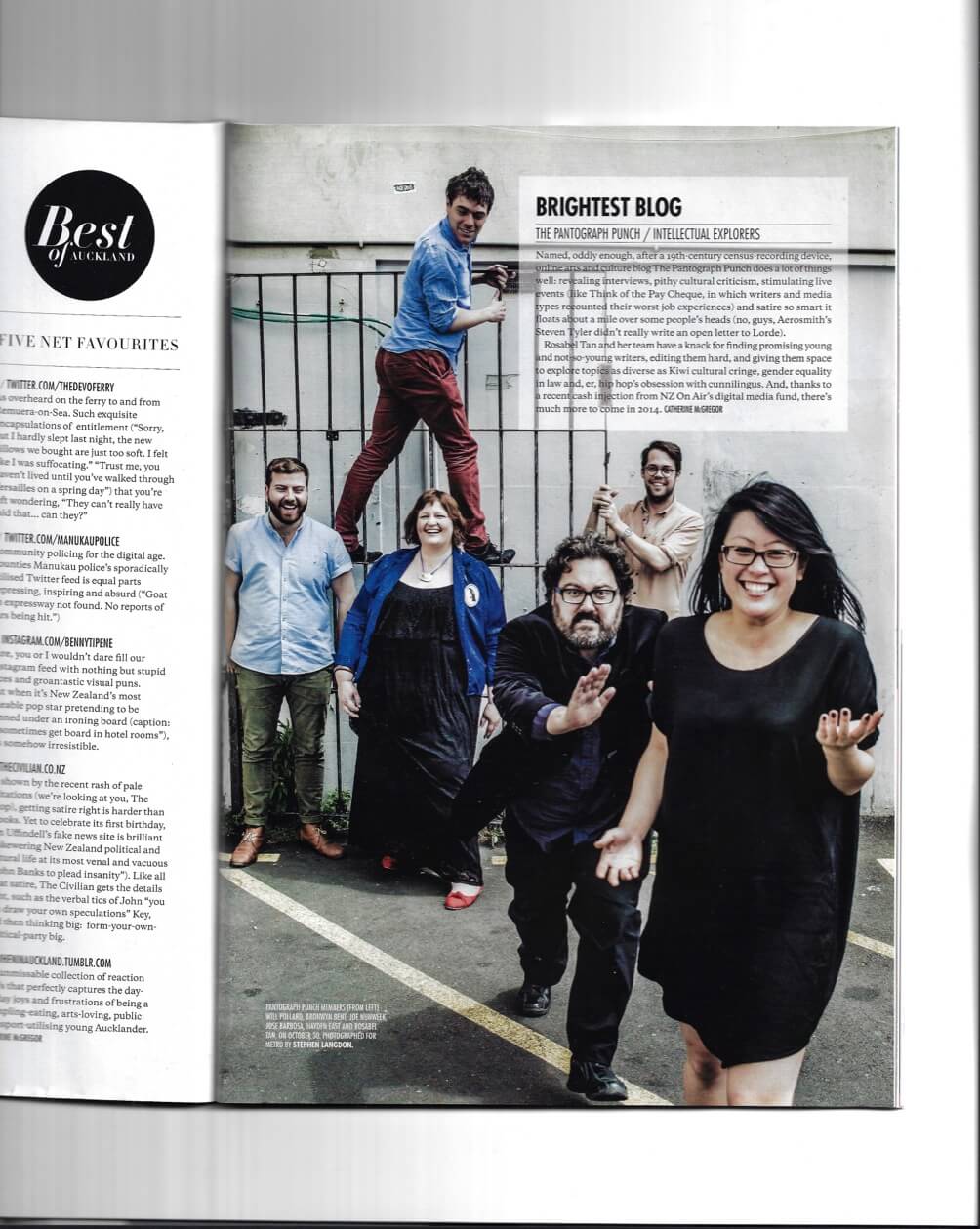
Happier days — Best Blog in Metro Best of Auckland 2013
The landscape had changed dramatically by the time Van Mei stepped into the role of kaitohu at The Pantograph Punch at the start of 2022. The Auckland lockdown was just over, the media industry had the precarious pillars of the Public Interest Journalism Fund propping it up, and the injection of Covid-19 funds into the arts sector was running out.
While the site’s live events, reviews and regular publishing (and therefore readership) had declined from their peak in the mid-teens, Pantograph still had its three-year CNZ Kahikatea funding and appeared, to an outsider, as secure as ever. It was even, at this point, a legacy arts organisation, with many of its local inspirations long closed.
Even with the security of Kahikatea-level support, in addition to funding from other sources, including Auckland Council, it was getting harder and harder for The Pantograph Punch to operate sustainably. As funding across both arts and media goes, bodies are willing to fund projects, less willing to fund consistent operations. “Pretty much every request for operational funding was only partially funded,” Mei says. “There were maybe five funds where we’d requested what we thought was a reasonable amount, and because of the pressures of funders like Creative New Zealand, Foundation North, and councils, nobody was able to support us to the extent we wanted.”
In June last year, the site launched a ‘Pantograph Pals’ programme, seeking regular donations from its friends and supporters, similar to models launched by The Spinoff and many outlets overseas. Raising $15,000 by the end of 2023 would keep the site’s lights on, $25,000 would keep it “growing” and $40,000 would see it expanding with residencies, scholarships and other projects. Clearly, the site was scrambling for the resources it needed to keep going.
These difficulties meant that Pantograph had to take on more extra projects and partnerships than it had previously, including partnerships with the likes of Auckland Pride and the Festival of Live Art where they would provide reviews in exchange for funding. “We were working harder for less income and higher expectations,” Mei says. “[Organisations] wanted more from us — because everyone needed more media… They wanted more than what we could actually give.”
The Pantograph Punch had been guided for years by an unpaid board of governors, currently made up of Tan, former editor Lana Lopesi, the head of funding at New Zealand On Air Amie Mills, and freelance writer Rachel Trow. It operated daily with a staff of five, with Mei being the only full-time employee, and three of the roles (kaupapa Māori editor, social media designer and kaupapa Māori staff writer) funded through the Public Interest Journalism Fund. Mei handled all operational and administrative duties, including funding applications, reports and even merchandise. “It was leading staff to exhaustion and burnout, trying to keep up with all of the different projects we had going on.”
Another issue was the huge labour of finding writers. Historically, Pantograph had been extremely intentional about pairing writers and their subjects. That extended to not just making sure that writers have a lived experience that sets them up to write with authority about their subjects, but also had the required, extremely specialist, knowledge to speak to their artform. With fewer freelance opportunities for these writers not just to be paid, but to hone their craft, they turned to other work. “It was getting harder to find writers because of systemic issues in the landscape we were operating in,” Mei says bluntly. “It was requiring more of our editors to take a writer through our process.”
The site had a notoriously lengthy editorial process, with some drafts going through as many as four to five drafts before publishing. “People don’t realise there might be 100 hours behind every piece, and sometimes volunteer hours,” Mei says. “Arts publishing is not instantaneous.” Having been through the process on both sides, I can say it is an extremely educational thing to undergo, but is also gruelling and time-consuming. It’s not an approach that many publications are equipped or willing to take.
This intensive editing, Mei says, is partly due to “the types of writers” Pantograph works with — often younger or less experienced — “and because we are aware that in centering the margins there can be a lot of room for error”.
“It’s about relationships, and relationships don’t necessarily have a time limit in terms of how long you spend on something.”
Another issue that dogged the organisation was the perception of being the last man standing. The organisation’s remit and responsibilities felt bigger and bigger with every platform that closed down. “When art is not sufficiently funded or protected, the people that stay remain and have to deal with it. For every organisation that closed down, all of the media releases that would get directed to them were coming to us,” Mei says.
Artists came to the site looking to be written about, new writers came looking to be commissioned and mentored, audiences came to find writing that simply couldn’t be done. “We actually did not have the capacity anymore. One organisation cannot be responsible for every media release,” Mei says.
So ultimately, at the end of last year, the choice was made to go on hiatus. The cost of keeping The Pantograph Punch ongoing — not just financially, but in terms of the health of people behind the scenes — was too much. “We need more dedicated resource for arts publishing, because it’s been in crisis for a while,” Mei sums up. “People have been working for free for ages, and they shouldn’t have to.”
Another pillar comes down, at least temporarily.
Nothing that The Pantograph Punch has done for 14 years comes cheap. To centre the voices of those at the margins of society takes a tremendous amount of resources — money, time, and energy — and unfortunately, the organisation sits at the crossroads between two sectors, arts and media, that are severely lacking in all three. It’s possible that if the site had been run in a more cut-throat way, with an eye towards efficiency and productivity, it might be still viable today.
It also fundamentally would not be The Pantograph Punch.
As well as instigating recent, era-defining projects like the Pacific Legacy Project, a landmark history of Pacific art in Aotearoa, and launching the careers of many of the country’s best arts writers, including Adam Goodall, Lana Lopesi and Tan herself, The Pantograph Punch remains the only place you can read American author Daniel Lavery in conversation with New Zealand poet Hera Lindsay Bird, left-wing writer Giovanni Tiso’s ode to losing to Cameron Slater at the media awards, and reviews of countless shows across artforms not touched elsewhere.
These things, among many others, are what Tan hopes people take away. “It is so incredibly valuable to have a space to talk about what artists are doing, who they actually are, what conversations they’re having, and to open that space wider to critically respond to and celebrate that work,” she says. “Our artists are amazing. So often they disappear to history.”
At the very least, 14 years of that history remain live, in the site’s trademark sepia brown, thrumming with all of the often-underpaid passion and energy it took to get it there.

